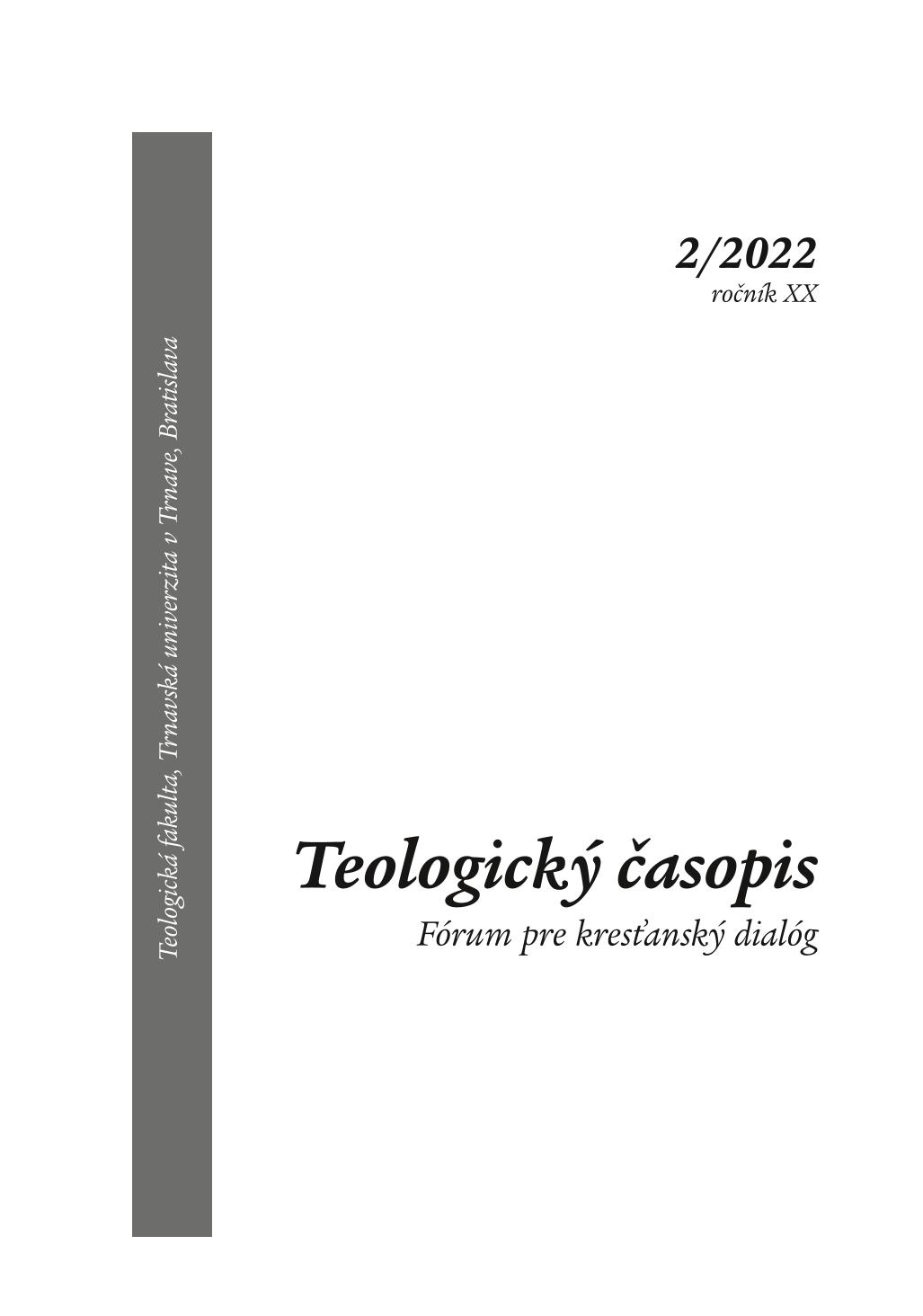Trnavská farnosť v stredoveku
Parish of Trnava in the Middle Ages
Author(s): Vladimír RábikSubject(s): History of Church(es), Local History / Microhistory, Political history, Social history, Middle Ages
Published by: Teologická fakulta Trnavskej univerzity
Keywords: Middle Ages; medieval town; medieval parish; medieval Slovak history; urban history;
Summary/Abstract: The specifics of Hungarian medieval conditions, that already in the 13th century, privileged communities tried to secure the fullest possible ecclesiastical-administrative autonomy in addition to administrative-administrative autonomy. Several basic charters of later towns even state as their first point of privilege the right to freely elect a parish priest, and then also the free election of a reeve. The extension of this privilege had an extremely positive effect on the overall completion of the parochial structure of medieval Hungary. The organization of church life in medieval cities therefore depended primarily on the privileges granted, which determined the degree of church self-government. King Belo IV granted the town of Trnava the right to freely elect a parish priest in 1238. His election had to be approved by the archbishop of Esztergom. However, the townspeople from Trnava did not manage to achieve full ecclesiastical autonomy due to the old property interests of the Esztergom Chapter, which later caused significant problems. The period of the Middle Ages in Trnava ends with the arrival of the Ostrihom archbishop to the city in 1544, and by this time we know a total of 14 persons in the office of the elected parish priest of Trnava.
Journal: Teologický časopis
- Issue Year: XX/2022
- Issue No: 2
- Page Range: 53-63
- Page Count: 11
- Language: Slovak

